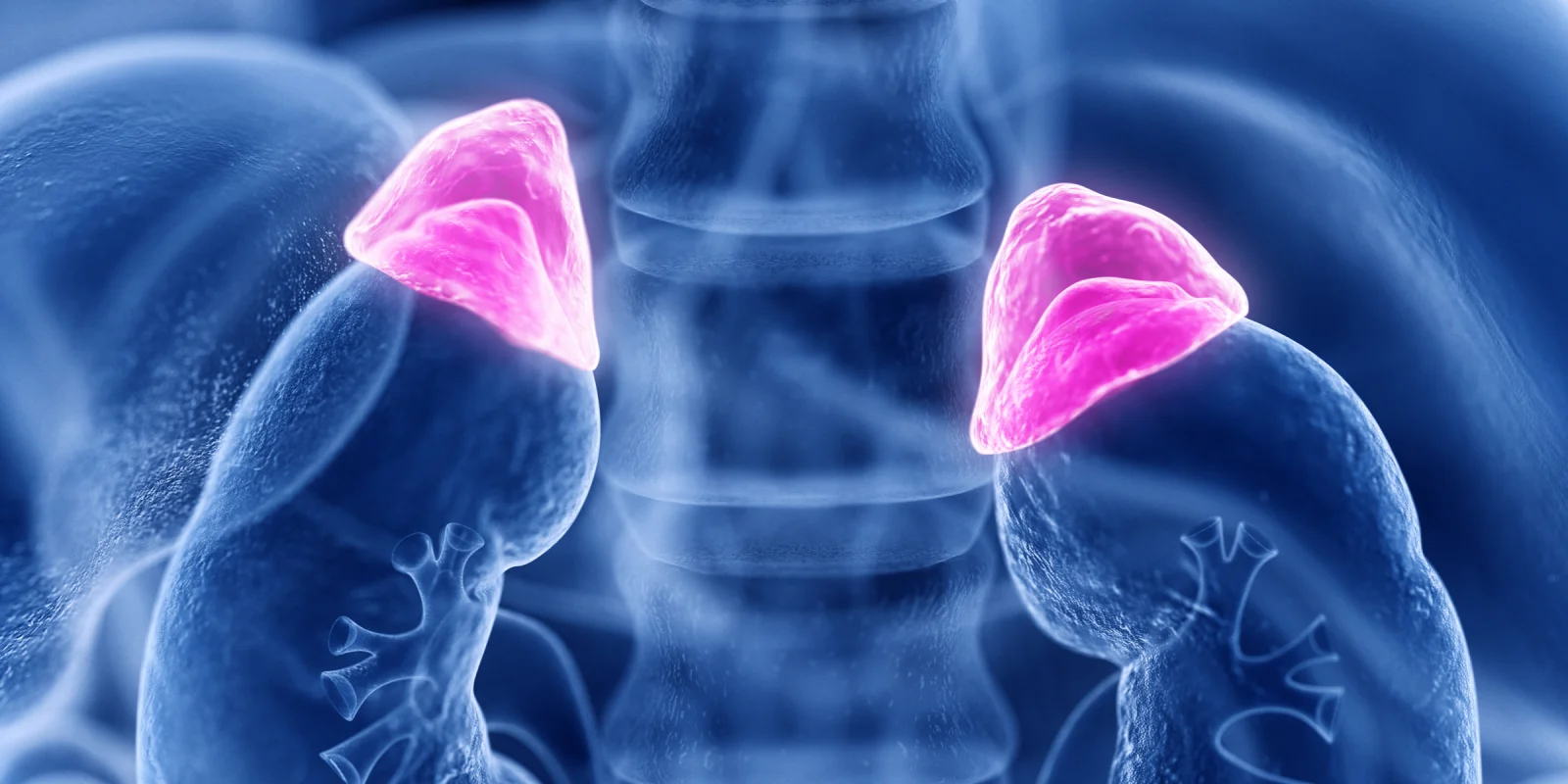The annual Endocrine Society meeting concluded Tuesday with glowing remarks on social media. I may have a skewed outlook, but it seems this year was the year of the adrenal gland with numerous meet the professor talks and symposia addressing adrenal-related investigations, pathology, and treatment. Perhaps this highlights the clinical conundrums this subject creates, or it reflects the welcomed advances recently made in this field. Either way, there are several interesting talks provided by emerging physicians as well as the usual crowd-pleasers that have come to dominate this topic.
One area that has gained increasing interest is mild autonomous cortisol secretion (MACS). Although overt Cushing’s syndrome continues to pose significant diagnostic challenges, as is typical of endocrinology, satisfaction only arises with additional problems to mull over. Thankfully, this topic was comprehensively but concisely addressed with a very practical approach in the symposium title “Just How Bad is Mild Autonomous Cortisol Excess??” I thought this was a hidden gem in the on-demand agenda.
The first presentation provided by Dr. Delivanis discussed the current literature available regarding MACS and the development of metabolic complications. The speaker highlights that new cardiovascular events are twice as likely to occur in MACS compared to nonfunctioning adrenal tumors (NFAT). Moreover, mortality, a significant clinical outcome of interest, is increased in those with MACS compared to NFAT. Dr. Delivanis rightly emphasized that data interpretation and translation are limited by the definition of MACS, the size of the samples assessed, and the retrospective nature of the studies available. The next logical question is, does adrenal tumor removal reverse or improve the associated morbidity and mortality? While there is some evidence to suggest that cardiovascular risk factors and bone density parameters improve, data regarding hard outcomes such as cardiovascular events and mortality are thus far lacking. A discussion regarding the potential benefit of adrenalectomy while outlining the areas of uncertainty, should occur with patients who have MACS due to an adrenal nodule and cardiovascular risk factors or osteoporosis.
The second presentation by Dr. Bertherat discussed MACS in patients with primary bilateral adrenal macronodular hyperplasia or PBMAH. This condition adds further complexity to the treatment algorithm as the nodules noted are bilateral. Although the current guidelines suggest that in a select group of patients unilateral adrenalectomy of the larger lesion could be considered, MACS may recur given the persistent contralateral disease. The speaker raises a valid point and reminds us that medical therapy is the mainstay of treatment in primary hyperaldosteronism and therefore may be an option in this situation. However, unlike hyperaldosteronism, monitoring of response to medical therapy in MACS is problematic. Targeting of aberrant receptors may be a therapeutic option, but such receptors are not common.
Lastly, Dr. Turcu discussed the clinical dilemma that arises when Primary hyperaldosteronism (PA) and excess adrenal cortisol secretion are co-existent. While this is thankfully not common, this situation could cause some consternation. Localization of PA with adrenal vein sampling (AVS) is not necessary for the setting of overt Cushing’s syndrome, as Cushing’s syndrome takes clinical priority. In a patient with hyperaldosteronism and MACS, however, AVS is needed. Among those in whom AVS localizes to the side with an adrenal adenoma on imaging, the surgical target is clear. However, AVS localization can be impacted by cortisol secretion. The speaker reminds us that excess cortisol-producing adenoma are for the most part radiologically visible, and given that safe and effective medical therapy exists for primary hyperaldosteronism. When in doubt, medical therapy can be utilized, and the patient followed.
As this area evolves and more robust studies emerge, these clinical situations may become less perplexing, and perhaps treatment can be more personalized through advances such as genomics. Until then, these practical tips should help navigate the bumps in the adrenal road caused by MACS. For those with access, I encourage you to listen to these talks.
Image: SciePro / shutterstock







